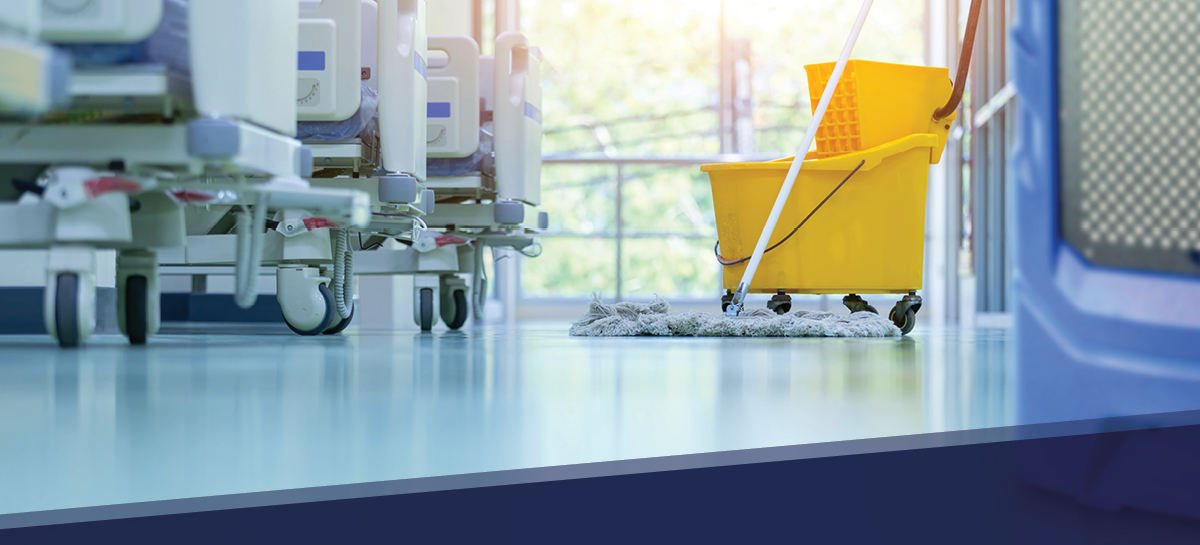What to do When Flooding Occurs in a Hospital
Hospitals, like all buildings, are subject to maintenance, repair, and restoration needs, sometimes at a moment's notice. Few building emergencies are worse than flooding. Whether it’s natural disasters flooding from heavy rain and hurricanes, or floods from equipment failure like burst pipes, floods are an emergency that can keep building managers up at night. This is perhaps more so in hospitals where increased regulations and patient safety concerns are cause for special precautions.
Protecting Patients
When flooding occurs in a hospital and remediation is required, the number one priority is to protect patients throughout the process. After all, patients come to hospitals to be cured, not put in harm's way. In the case of hospital construction, maintenance, or restoration, one of the first steps is to construct containment walls around the affected area. Like isolating a patient, construction areas need isolation, too. With flooding, contractors need to contain the affected area to stop the spread of mold into adjacent spaces. In many cases, poly sheeting will be used to create a containment space. In high risk environments and larger disaster areas, drywall may be required.
Once the containment is in place contractors create a negative pressure environment using HEPA-filtered negative air machines or portable air scrubbers. Creating a negative pressure environment helps ensure that unfiltered air inside the containment area does not leak out. The HEPA-filtered negative air machines and portable air scrubbers draw contaminated air in, filter the air, and then exhaust the filtered air out of the containment area through ductwork. Federal, state, provincial, local, and facility regulations will determine whether HEPA air can be discharged inside or whether it needs to be directed outside.
Acting Fast
In cases of flooding, acting fast is imperative. Mold grows in 24-72 hours, and the longer a building stays wet, the longer mold has to grow. Once mold grows, it becomes much more difficult to get rid of and can be a health risk. Therefore, remediation teams must act fast. However, constructing traditional walls can take days. That’s where the SHIELD WALL® comes in. Unlike traditional walls, these lightweight polycarbonate walls are easy to transport and can be set up by a small team in a matter of hours, not days, allowing remediation teams to quickly get to work.
Reducing Waste
In an emergency, it’s a natural human instinct to get the job done as quickly as possible. One might choose to use whatever materials are readily available, which might not be the most financially conscious or sustainable route. Using single-use solutions only adds more to the financial burden. When hospitals construct temporary drywall walls to contain construction and remediation areas, the walls are discarded afterward. With skyrocketing lumber prices, this is an excess cost that adds up over time. With reusable containment walls, like the SHIELD WALL® System, companies can reuse the same containment walls for years in a row, saving money and promoting more sustainable business practices.
Hospital Flood Abatement: A Case Study
Curious about what this looks like in real life? Request a case study below to learn how Northern Manitoba Regional Health protected patients, acted fast, and reduced waste by using the SHIELD WALL® System when a pipe burst overnight, dumping 70,000 gallons of water into a mechanical room and operating room.

